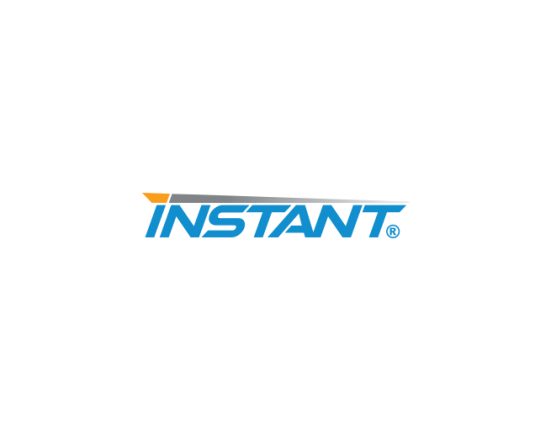Many advisors are turning away from mutual funds in favor of exchange-traded funds and separately managed accounts to build client portfolios. But not Jeff Leonard, founder and managing partner of Leonard & Martens, a 25-year-old Anchorage, Alaska, practice under the Raymond James umbrella with $1.2 billion in assets under management.
Leonard has tried SMAs and found they confused clients, who thought he was making the trades. He says that although index ETFs are fine for younger investors, open-end mutual funds can offer his mostly retired client base some protection from severe market downdrafts.
Leonard tells Barron’s about his favorite funds, why he still likes high-yield cash accounts, and his new commitment to physical fitness.
Barron’s: Let’s start with your market outlook.
Jeff Leonard: We definitely aren’t market timers, but we do follow trends, and I think we’re in store for a pretty good year. Inflation has come down, unemployment is still low, earnings are still strong, and consumers are still spending. It’s an election year, and markets tend to do well when an incumbent is running. All bets are off after the election. But for a number of reasons, we’re pretty optimistic.
What about fixed income?
Advertisement – Scroll to Continue
We’re putting the fixed-income piece of the pie a little heavier in cash. We use a Fidelity institutional money-market fund that pays 5.35%. Right now, 10-year Treasuries yield about 4.2%, and we think rates are going to stay high for a while. We know rate cuts are coming, and bonds will perform well when that happens. So we will start dollar-cost averaging more into bonds gradually, but we’ve waited a long time to see cash pay 5.35%.
How do you build portfolios?
We’re asset allocators and mostly use actively managed, low-cost institutional mutual funds. There are some really good mutual fund managers, and the costs have come down over the years. With the institutional share classes, they may cost only 10 or 15 basis points [0.10 or 0.15 percentage point] more than an index fund. For that extra 10 basis points, you’re getting an active overlay.
Advertisement – Scroll to Continue
So, you think active management leads to better returns?
If you buy the
index ETF, for instance, for every new dollar that comes in, you’re in effect buying the overvalued portions of the market. That’s fine if you’re 30 years old, but a lot of my clients are older retirees.
Consider
Tesla
.
In November 2021, Tesla peaked, and around that time our large growth mutual fund was selling shares of the stock. But if you were putting money in an S&P 500 index fund then, Tesla would be the largest holding, and you’d be buying at the top. I just feel like you’re swaying in the wind a little bit on the downside, so I like to have that overlay of an active manager.
Do you remember the fund?
I think it was
Advertisement – Scroll to Continue
[ticker: APGYX], which is our favorite large-cap institutional fund.
What are some of your other favorite funds?
[JMGRX] is a growth-based mid-cap fund, and it’s excellent. Our current favorite international equity fund is
Advertisement – Scroll to Continue
[MQGIX].
What about ETFs? A lot of advisors see advantages.
We have started a due-diligence process on actively managed ETFs, not the passive kind. To your point, there are tax advantages with ETFs, and recently we’ve seen Capital Group roll out actively managed ETFs that really focus on the tax efficiency. We’re in a due-diligence process with those, and I could see a time soon where we would use them in some of our taxable accounts.
Advertisement – Scroll to Continue
Separately managed accounts are also increasingly popular among advisors.
We did try that, but it’s almost too much transparency. We started having clients call and ask, “Jeff, why are you selling that stock?” My response would be, “That’s the professional managers doing their job.” I’d try to explain that it’s like a transparent mutual fund, but it was getting the focus off of what we do, which is planning and asset allocation.
How is your team structured?
There are seven of us: two partners, client service associates, and what we call service advisors. Prospects and referrals come to us based on our firm name, and we really approach it as a team. We don’t want to be overseeing advisors who are out building their own books of business.
Have you thought about going independent?
We own the business, and Raymond James provides an umbrella. I don’t have to worry about books and records, or have a chief compliance officer on staff. They don’t dictate investments, and they don’t have a say in how we build our business. There would potentially be a financial benefit, but I feel like what we have now is the best of both worlds.
What would be a reason to go independent?
Well, for instance, I’d need to go independent if I wanted to choose private equity or real estate investments for my clients. As it is now, I use the funds that Raymond James has made available. But that’s just not really the makeup of our business. We’re pretty traditional stocks, bonds, mutual funds, and ETFs.
What is it like to practice in Alaska?
When I go to conferences, a lot of people say, “Is there really money in Alaska?” I say, “Yeah, we have some pretty good clients with money here in Alaska.”
In our last interview three years ago, you said you needed to unplug more. How is that going?
I’m making progress. I’ve never really had a commitment to physical fitness, and when I started having some back and shoulder pain, my doctor recommended Pilates. Now I’m getting into it, and for the first time in my adult life, I’m starting to make being fit an objective. So, I’m in a better place than I was with regard to smelling the roses and focusing on myself.
Thanks, Jeff.
Email: rankings@barrons.com







